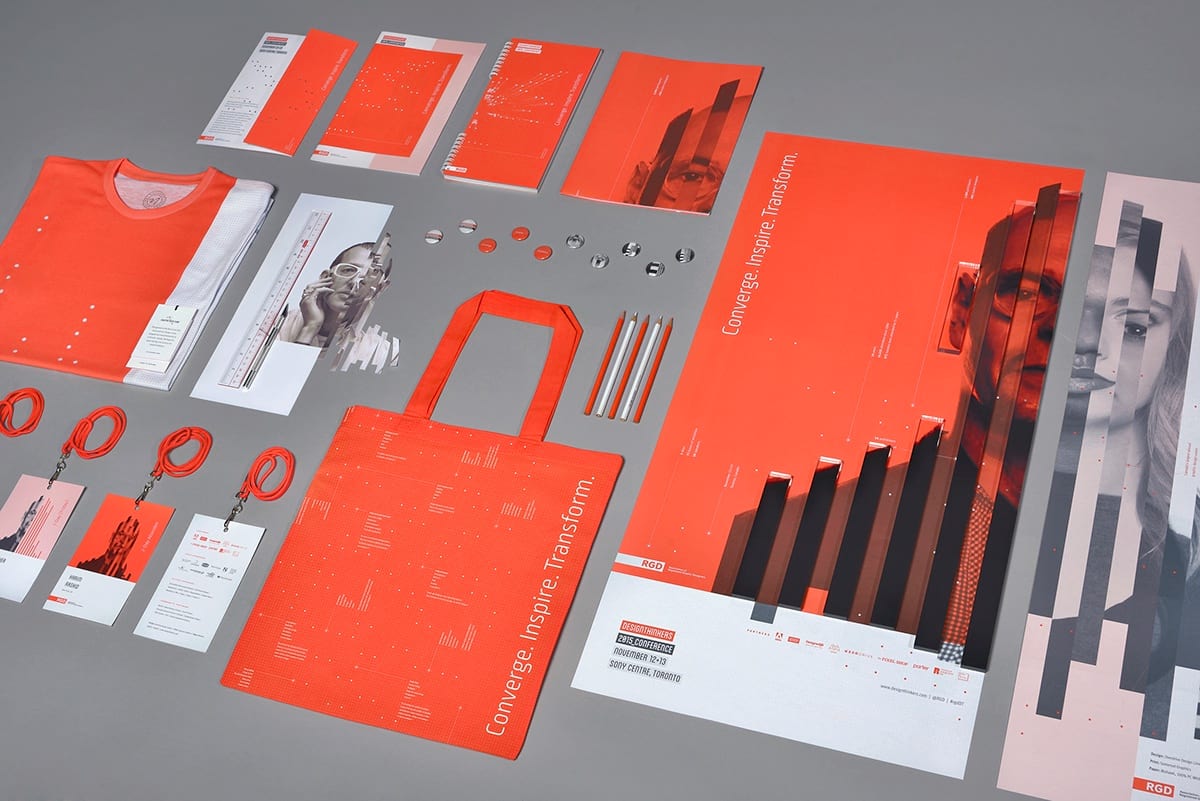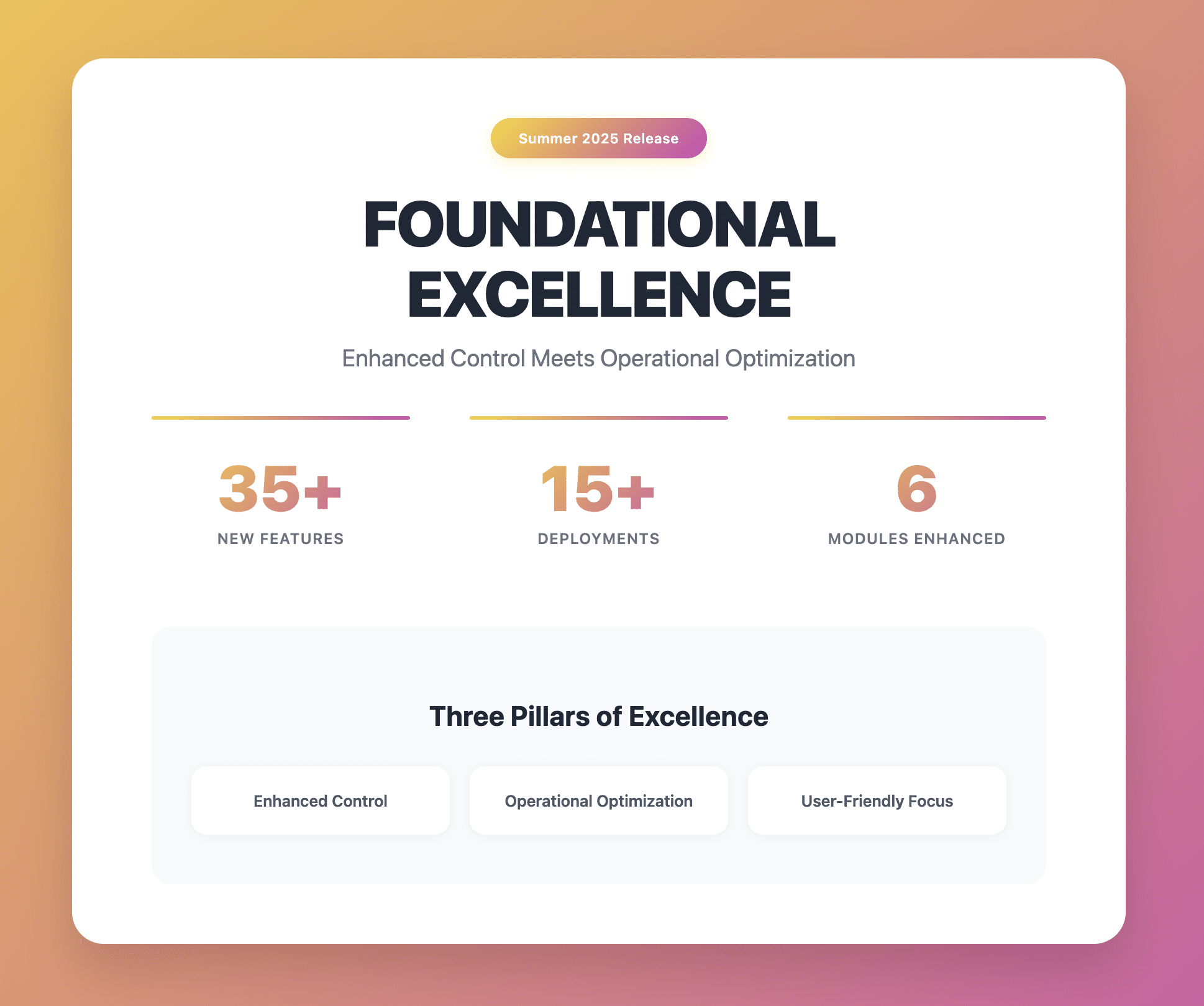With the overexposure to media we face daily, just promoting your event through advertisements in print, web, television and social media isn’t going to suffice. Your target audience need to be aware of your event as a brand in order to link these promotional efforts to it, and for them to recognize your brand and differentiate you from your competitors, consistent branding is key! What exactly does branding consist of? Besides a distinctive name that is representative of your company’s products, services and values, branding also involves conjuring a visual identity, brand image, and marketing or advertising campaigns.
Create a distinct visual identity
At the forefront of your brand, the first thing your audience are going to see is your event name, logo, and brand message. Coming up with a catchy and memorable event name is basically half the battle won, but it’s the visual representation of your name that is going to catch the eyes of your target audience. After you’ve decided on the perfect name, communicate it in the form of a logo, which you will be applying on your official stationery, website, promotional materials, collaterals, and at the site of your event. Visual language speaks a lot about your brand, so the colors, motifs and styles you adopt will inform your audience about your brand’s offerings, beliefs, values, and goals. Create a brand identity guide so that the fonts, font sizes, colors, kerning, and white space are consistent throughout the application of your visual identity.

Apple is one of the most known brands in the world. The recognizable Apple logo with an indentation on the side represents the brand’s name in a straightforward manner. Simple and identifiable, the logo has come to represent more than just the brand, but also its minimalistic approach for the advancement of design and technology made available to the masses. The company has a very specific brand guideline, advising on the application of its logo as well as the brand’s designated font and color scheme.
Convey a memorable brand message
After you’ve ironed out the basics of your brand’s visual identity, reach out to your target audience through advertising and marketing campaigns. Consistency is key; so build on brand mnemonics in order to evoke brand awareness. This can come in the form of a consistent opening and ending shot across all TV advertisements, a signature sound or jingle in TV and radio advertisements, or a uniform image, color and message across print advertisements. Besides these traditional mediums for advertising, recent campaigns also utilize new media and clever guerrilla advertising. Consider the message and call-to-action you would like to convey to your target audience so that you can employ them effectively through different mediums of advertising.
McDonald’s’ I’m Lovin It campaign is especially memorable, utilizing mnemonics like a jingle and slogan, applied at the end of every commercial. Justin Timberlake originally lent his voice to the jingle, but has since been replaced by an instrumental snippet of the tune in the advertisements. “I’m Lovin It” is also applied across McDonald’s’ website, physical stores, and food packaging, creating a consistency that enables brand recognition and brand recall amongst its target audience.
Project a specific brand image
Brand image is ultimately the result of your branding efforts in the minds of your consumers. It is the impression that they have formed of your brand’s personality, and how they feel towards it through their experience and exposure to the brand. While it may seem that the consumers hold the reins, a consistent brand image can also be manipulated! Take into account your target audience, and how you would like to appeal to them through consumer relations and brand associations. This includes your tone of voice and how you communicate with your target audience.

Take Coca Cola for example — the brand has been adopting a companionable persona and advocating happiness, experienced not only through its consistent marketing campaigns, but also through its connection with its consumers. Coca Cola interacts with its customers through social media such as Facebook, Twitter, Instagram and Pinterest, encouraging consumers to share their experiences and hash tag them. Twitter, especially, is used to reply to mentions and interact with consumers rather than pushing out cold marketing messages. This results in a positive brand image of friendship and happiness, consistent with the brand’s identity and campaigns.
For your event to stand out against its competitors, you need it to stay on the minds of your target audience by increasing your event awareness. More than that, you’ll also want them to develop positive feelings and impressions of the event. Branding is of utmost importance to inform your target audience about your event, and your visual identity, brand message, and brand image work concurrently to communicate your brand to them. Consistency is key in uniting your branding and promotional efforts, and enables you to reach out to the audience more efficiently without getting drowned out by the saturation of marketing messages in the industry.








